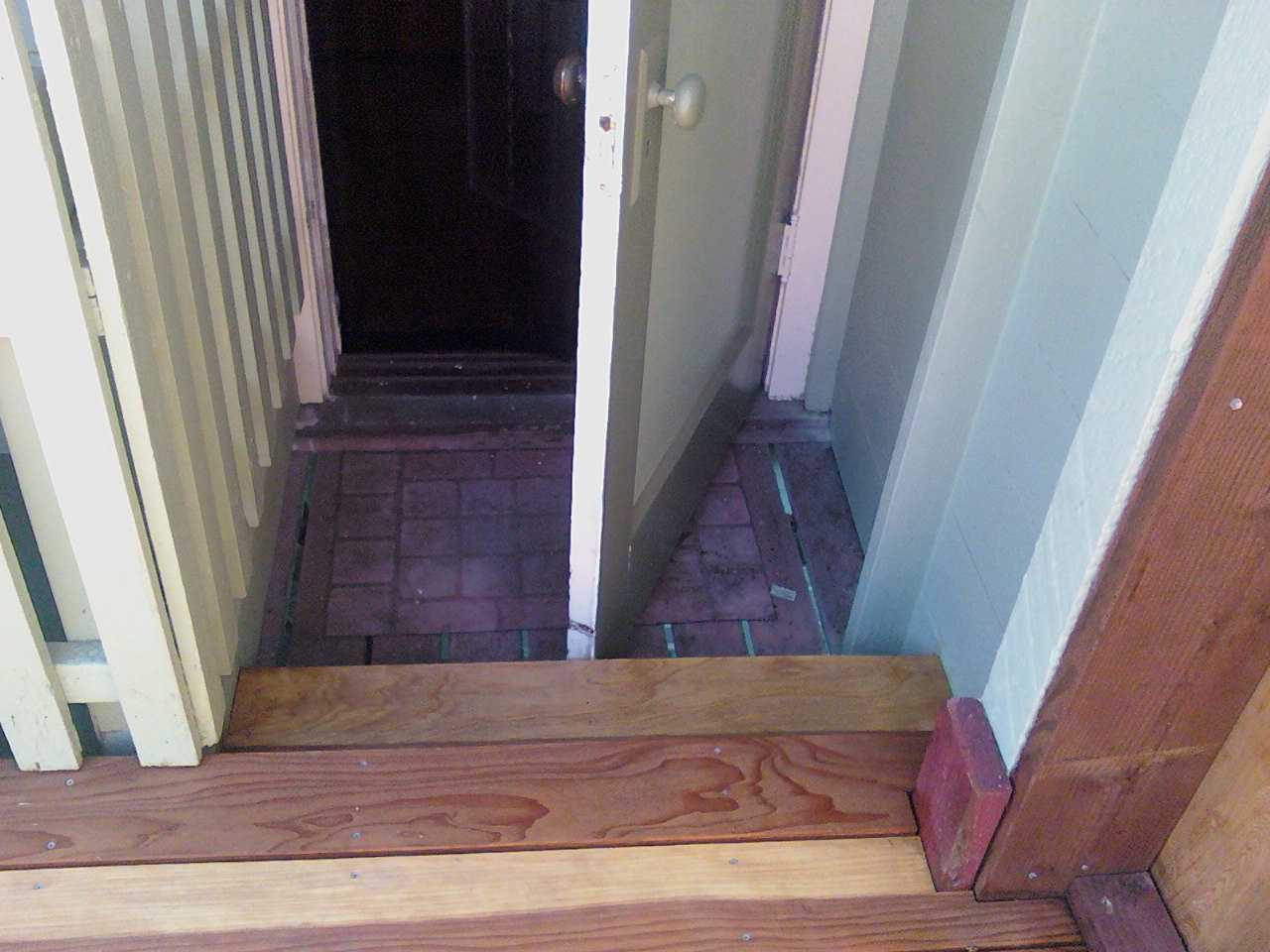Saturday fortune (because this took me so long I missed Friday): Skill
/Skill, as you can clearly see, is not something I have when it comes to photographing tarot cards, but after a search for images turned up nothing, I was forced to make the attempt. ;)
Card of the day: Three of Coins, "Skill"
Today's fortune is one I have pulled many times when asking questions about my writing career, along with the Eight of Coins, "Apprenticeship." Whenever I get these cards, I figure I'm on the right track. Maybe not there yet, but certainly on the way to one of my favorites: the Nine of Coins, "Security." I'd like to be that mature woman depicted on the Nine of Coins, confident in her achievement. (And since "mature" is becoming increasingly an adjective I get to use next to the word "woman" when I describe myself, I think it's time I started moving in the direction of the Nine.)
I like the RToSP's Three of Coins, because it shows a wealthy boyar patron beside the artist. Skill may be something a writer seems to come by naturally, or something she acquires through long practice, or a combination of the two, but it sure helps to have an interested patron to encourage and support you along the way.
What's also different about this deck's Three of Coins is that instead of the usual stonemason, it shows a man playing a balalaika. The stonemason is building his skill brick by brick, which is all well and good, but there's something more freeing and artistic about an image of a musician. A musician's skill, like a writer's, is more individual and less practical, perhaps, than someone who's handy with a trowel. Writing is work, but it is also art, and when work and art come together, it is in a sense the very definition of skill.
There are other artistic touches in this scene, typical of Russian folk art, in the painting and sculpting on the column, and the woven tapestry on the floor. It speaks of the skilled laborers behind the scenes who are also artists in their own right. Perhaps, like these artists, we have not yet reached the Nine of completion, but the Three is something to celebrate all the same. It's a recognition of one's skill, no matter how great or how small, and its contribution to the greater world, as opposed to the personal pleasure in achievement that success brings with the Nine. And that's okay. Maybe "quitting the day job" is no longer a reality in this brave new world of publishing, but being recognized and appreciated is still pretty awesome.









